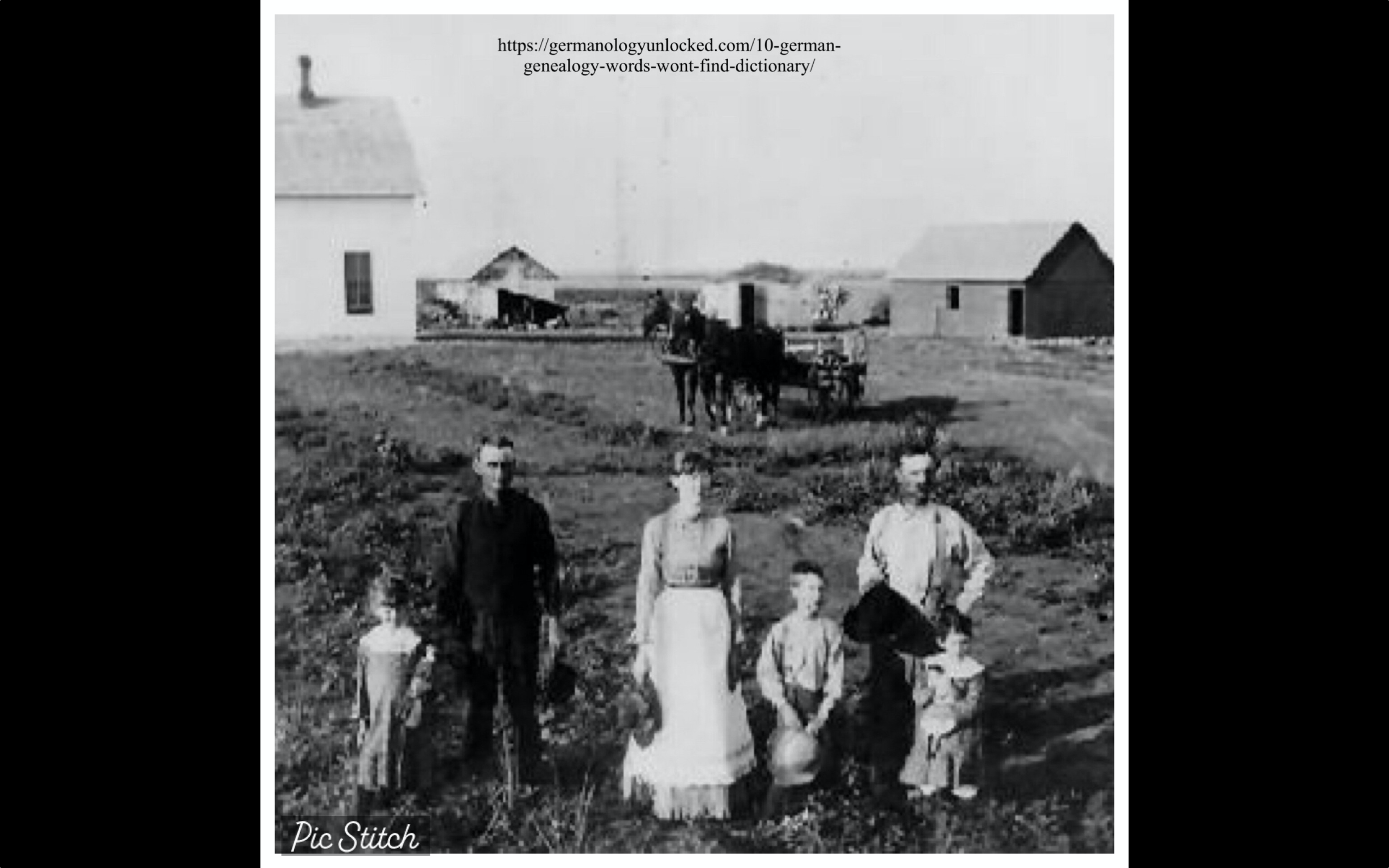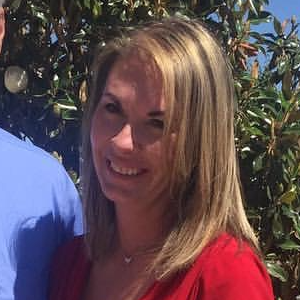I know the last blog was about German farming. Well guess what this one is about, things you should know about farming in Ireland. Farming in Ireland played such a social, economic, and cultural role for those who lived in rural areas. Yet, there are a few farming type things you should keep in mind while doing your family history research.
Until the 1900’s 97% of Irish farmland was tended by tenant farmers
Did you know that until the 1900’s 97% of Irish farmland was tended by tenant farmers. Most of the population had no way to become landowners. As a matter of fact in the 1780’s 5000 landlords owned over 95% of productive lands. With that much land ownership going to the most wealthy it is no wonder poorer farmers struggled and came up with little to nothing.
It is also important to note that it was a tradition that land was held in a cooperative style settlement. What exactly does this mean? An area of land had multiple related families living on it. Each farmed their own fields. There were certain common fields called clochan settlement. Catholic families were not able to own land due to the Penal Laws so they created long leases or another name was lease of multiple lives. This allowed families to stay on the land for multiple generations. While they did not own the land and still had to pay rent, they were able to have some security.
Long lease - lease of multiple lives
These leases for life were created by the landlords and tenants. Young children were named on the leases. That was if one adult died the family could still stay and work. Some named multiple children and as long as anyone on the lease was still alive the land stayed with the family. They also were able to share the property with the next generation. The oldest son usually got more than the younger ones. But, this became an issue after the Great Famine when people needed more land to sustain themselves. This with high rents and other issues was a perfect storm.
Marriages arranged to maintain or expand land holdings
Finally, marriages were often arranged on the basis of land that was held by the couple's families. If a family didn’t have a son their daughter would have a land dowry and the Groom would “marry into the place.” This would assure the families hold on the land even if their name died out. Yet, if the bride and groom both had land holdings this assured a better economic outcome and better opportunities for both families.
While these are just a few of the facts to take into account when looking for family records in Ireland they are far from the only ones. Marriage was a very important tool for families for helping get more land and for keeping land. But it also had downfalls in the land being divided way too much and not being enough for each family unit when the Great Famine hit.
We can help
If you need any help finding your ancestors, just let us know.


